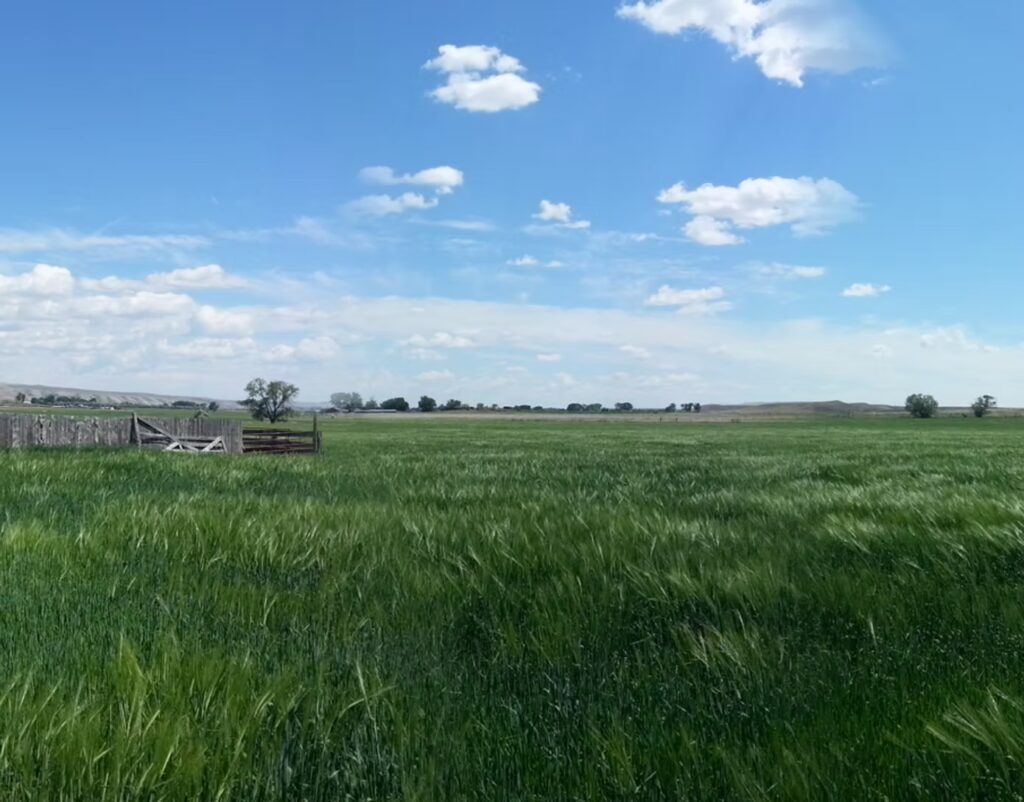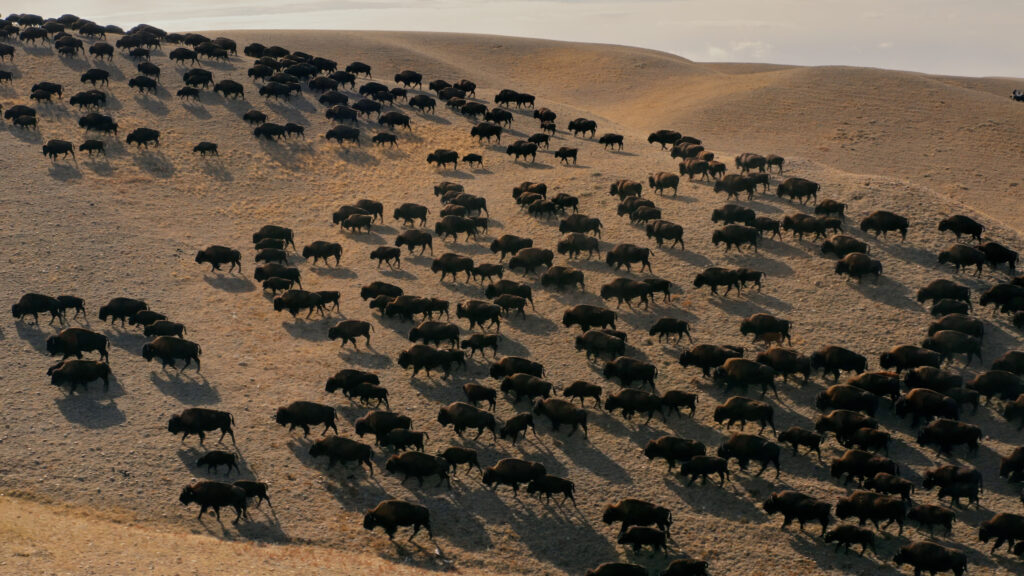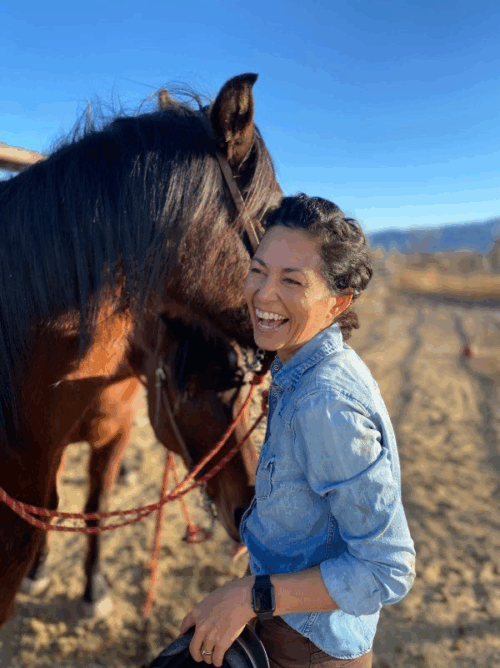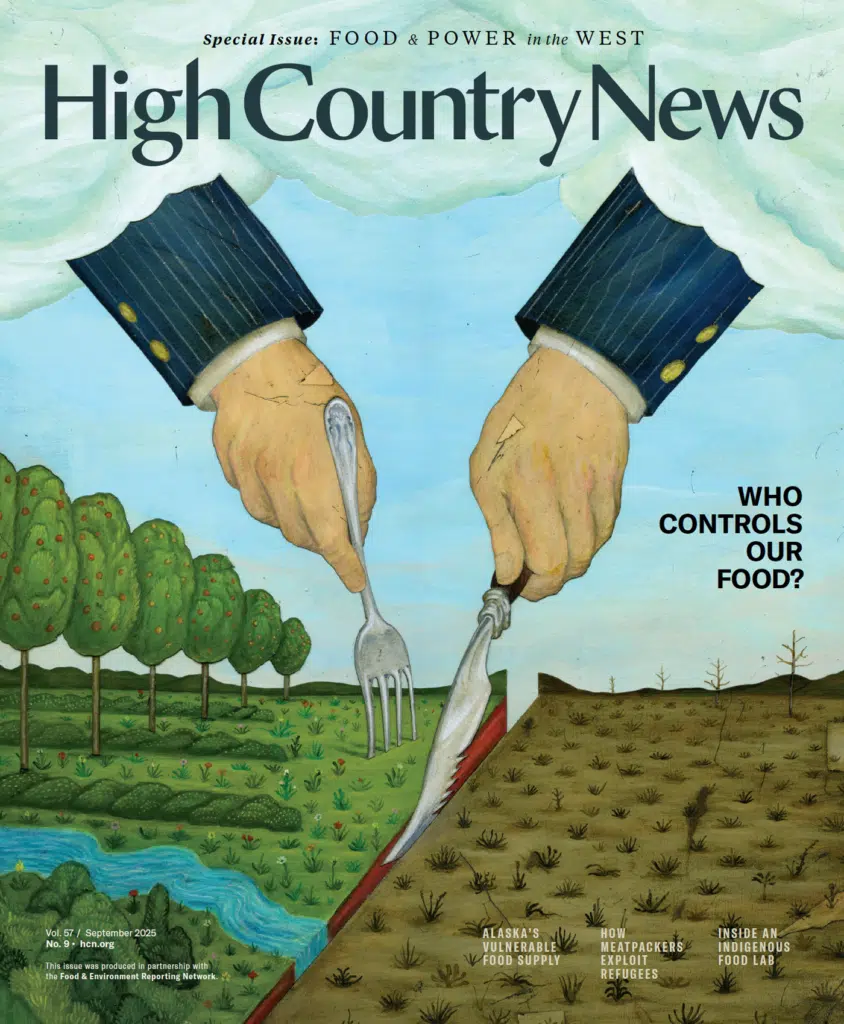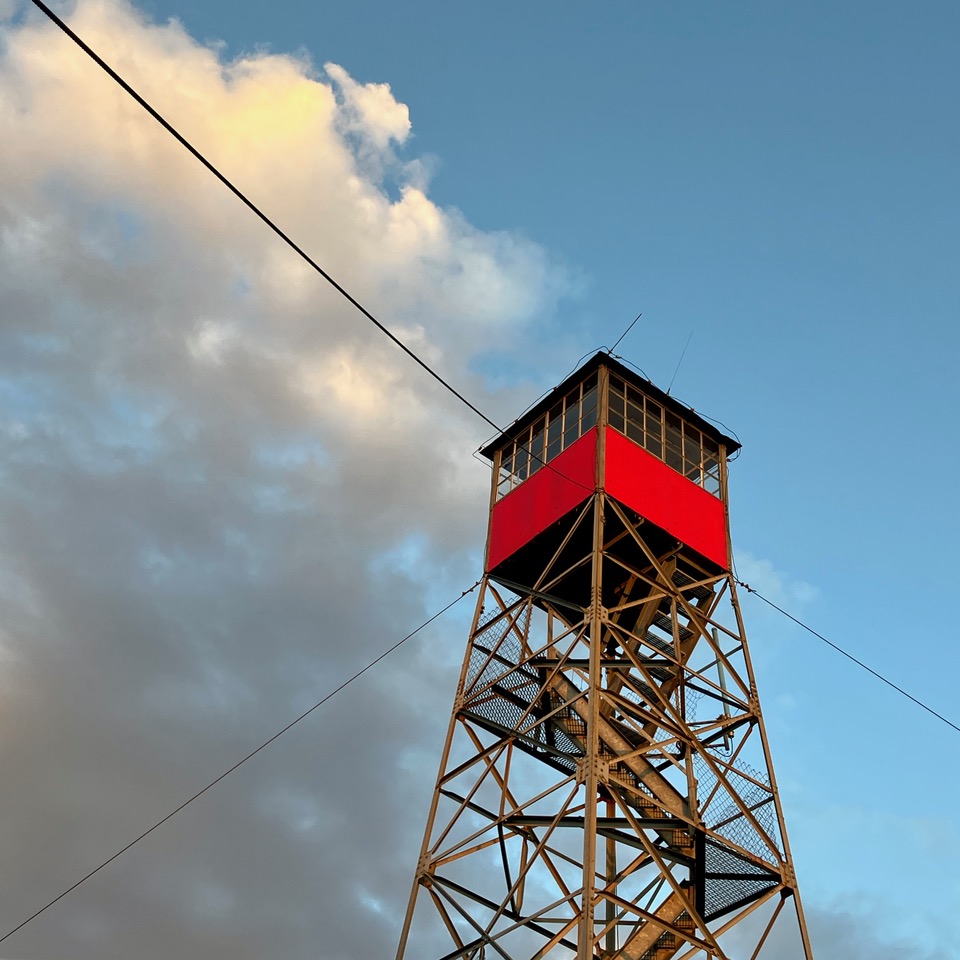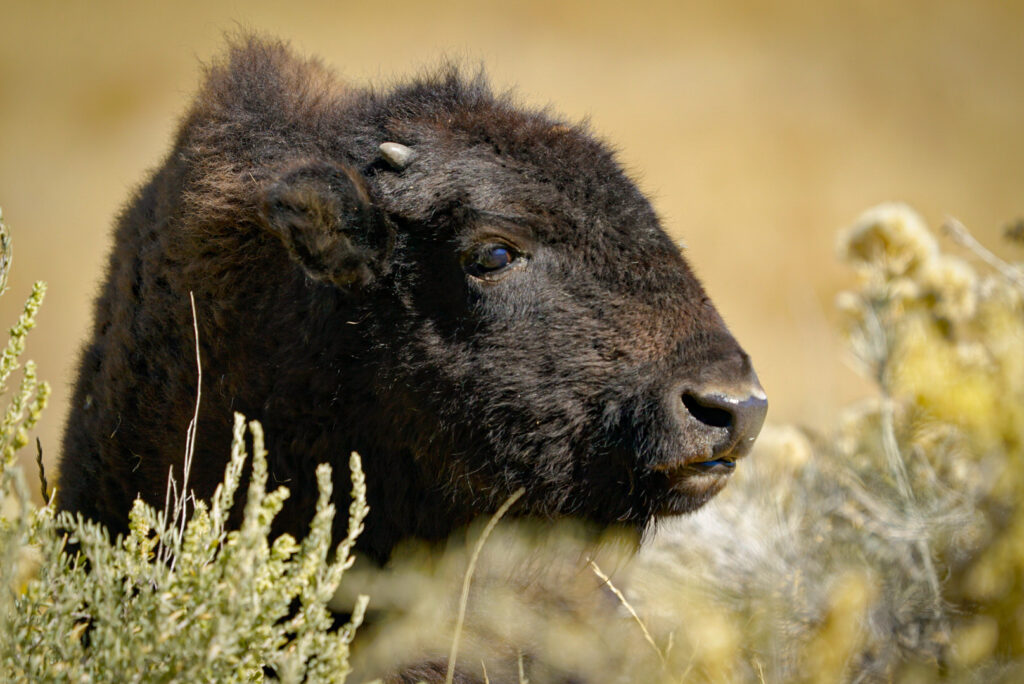André Leu knows what it takes to take massive amounts of carbon out of the atmosphere and put it into the soil permanently. We talk about his new book, The Regenerative Agriculture Solution.
André Leu is co-founder and international director of Regeneration International, an organization that promotes food, farming, and land use systems that regenerate and stabilize climate systems. He’s author of the books, “Myths of Safe Pesticides” and “Poisoning our Children,” and is co-author with Dr. Vandana Shiva of “Biodiversity, Agroecology, and Regenerative Agriculture.” He has a Doctorate of Science in agricultural and environmental systems and teaches at universities and speaks at numerous conferences and United Nations events. His new book is “The Regenerative Agriculture Solution: A Revolutionary Approach to Building Soil, Creating Climate Resilience, and Supporting Human and Planetary Health,” published by Chelsea Green Press, where you can use the code CGP35 to get 35% off this book. Leu is also a regenerative tropical fruit and cattle farmer in Australia, where he’s been farming since the 1970’s.
Timestamp & Show Notes
4’25 collaboration on book with author-farmer-activist, Ronnie Cummins, who died last year before the book was finished
5’57 making high calorie, high protein livestock feed by fermenting agave and mesquite, rendering them edible and nourishing
8’15 the agave-mesquite feed system allows the animals to be healthy and native landscapes to regenerate
9’49 long history of fermented foods
10’38 using fermentation to regenerate communities through ecosystem regeneration and profitable farming
12’32 how agave grows in a climate with no water
13’32 effect of the agave-mesquite system on carbon sequestration and nitrogen fixing
15’25 carbon can be sequestered indefinitely in deeper soils if you have deep roots. You could remove excess carbon in the atmosphere this way
16’42 many ways to sequester large amounts of carbon dioxide through photosynthesis with massive capacity: pasture cropping, holistic planned grazing, agroecology, agroforestry, etc.
18’02 Singing Frogs Farm
18’26 majority of farmers on the planet have five acres or less. They can be viable if they use best practices
19’56 all the money in the world going to climate change isn’t working; emissions are rising and GSG concentration is getting higher because we aren’t sequestering with regenerative ecological practices
21’43 the workforce is there to do the actual work, and they are the current migration crisis. If they can regenerate the places they come from they would never leave.
23’00 the agave system is spreading slowly in Mexico
23’50 paying farmers for ecosystem services — like carbon sequestration
24’51 climate activists don’t get it. The rollout of renewables isn’t doing nearly enough, as emissions are rising because of cloud services, cryptocurrency, and artificial intelligence, which use a huge amount of electricity
25’58 industrialization of rural landscapes with solar panels, power lines, etc.
26’35 when you cover the land with solar panels you stop photosynthesis
27’01 the crucial importance of drawdown, not emissions reduction
28’05 current climate models leave out the effect of soil organic matter and water cycles, and the models have been poor at predicting reality
29’11 by regenerating forest systems, we can cool the earth, e.g. the eastern U.S.
30’49 every tree’s transpiration is the equivalent of two air conditioners
31’22 keeping the soil covered with living plants fixes the transpiration cycle
32’20 regenerative systems have 31% higher yields in drought years and higher on average over time
34’37 communicating this information to the world
35’34 looking to forward-thinking corporations to fund some of this work
36’31 regenerative agriculture best practices, if properly funded, can pull down enough carbon to reverse climate change
37’16 the big paradigm shift for Leu is to shift how payments are made
38’07 how to figure out who pays
38’39 Leu’s own farm — regenerative tropical fruit farm
39’31 regenerative cattle farming
39’39 regenerated 100 acres of tropical rain forest
41’08 2060 stopped using fire on his land, as it’s not compatible with rain forest
41’37 active fire management by Indigenous people historically
42’43 farm also profitable, good yields, good quality
43’43 solar powered farm through plants
44’17 hoping to change conversation from carbon dioxide only to a more holistic picture that includes the water cycle and transpiration



